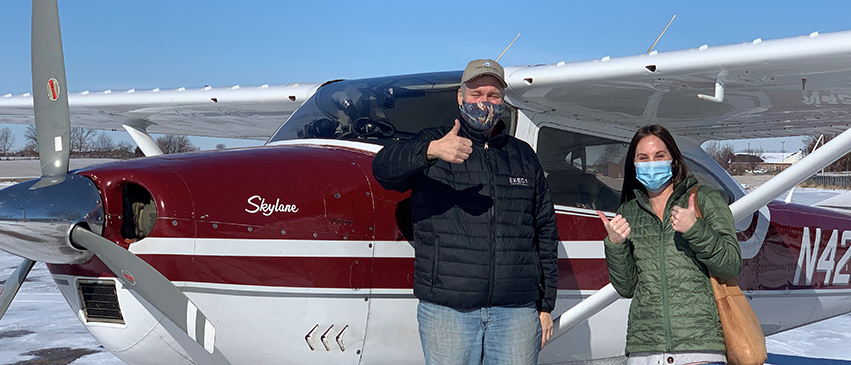
From a deadly pandemic to a global movement for racial justice to increasingly destructive natural disasters, the last year was tumultuous—and the world took a collective sigh of relief when the calendar flipped to a new year. With so much loss, it is hard to think about what we have gained. However, for the human service sector in the Greater Peoria community, there were plenty of silver linings from 2020 that can propel us forward into the new normal.
1. We enhanced our usual resilience.
The pandemic underscored just how resilience is an integral part of our DNA. Our mission has always been to provide community members the tools they need to weather life’s storms. Eight in ten human service organizations in our area reported that people utilized their services as a direct result of the pandemic—and 57 percent of those organizations reported they served people who had never accessed human services before.
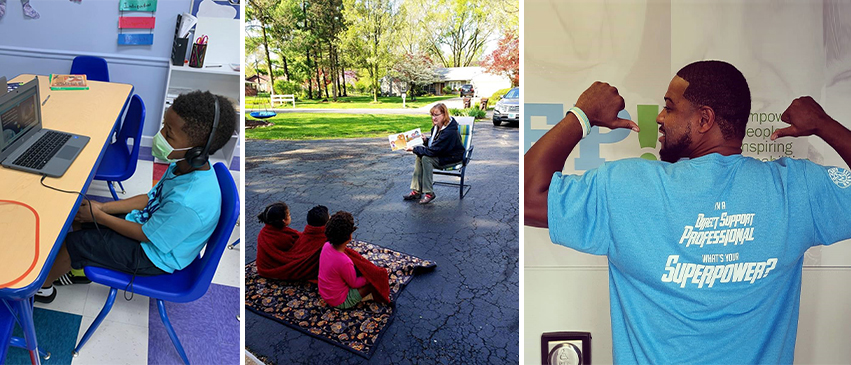
2. We developed new service delivery methods.
Like the for-profit sector, the human service sector quickly ramped up its use of technology to ensure access to services. We also had to make sure that those utilizing our services had the technology needed to connect with us. Many organizations secured grants and foundation funding to cover the costs of providing technology to clients so there would not be a disruption in service delivery.
3. We adapted new programming in response to the pandemic.
The pandemic upended many of our community members’ financial lives. Lost jobs. Reduced incomes. Depleted savings. Falling behind in rent or payments. In response, even those human service organizations which typically do not provide support for basic needs added new programming to help support clients in financial distress, while those organizations which do specialize in basic needs provided even more help. Eighty-eight percent of local human service organizations expanded services such as food distribution programs; mortgage assistance; curbside distribution of diapers, wipes, formula and baby food; virtual educational programming; and free COVID testing sites.
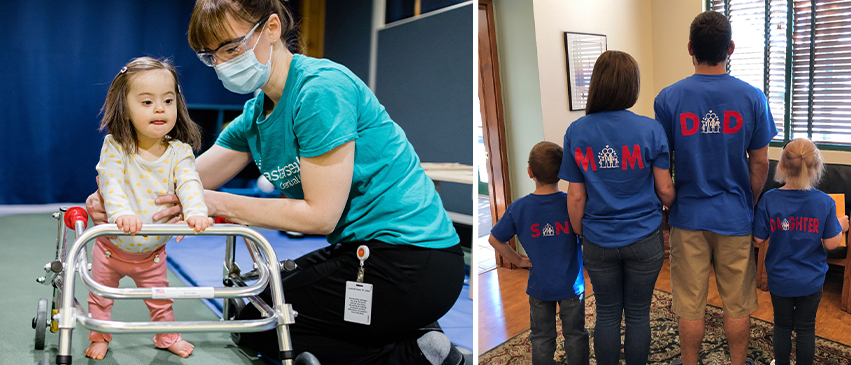
4. We increased efficiency in our business processes.
Many staff members were able to work remotely, which saved significantly on operating expenses. The expanded use of technology provided new efficiencies of back office functions.
5. Collaboration among human service agencies was amplified.
The sudden increase of needs in our community caused greater and deeper collaboration among our sister agencies than ever before. We relied on one another to build a community capacity to serve all in need. For example, when a number of homeless individuals told Jolt they had no transportation to get food, Jolt called Sophia’s Kitchen and arranged to pick up lunches each day to be sure the hungriest would be fed.
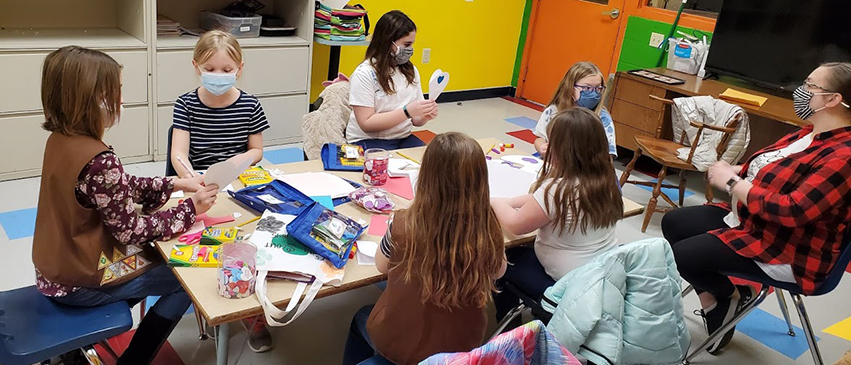
6. We stimulated innovation and creativity among our team members.
The pandemic spurred a wave of innovation and creativity. Both frontline and management staff came up with new ideas to increase our capacity to serve. Two examples include Crittenton Centers’ provision of curbside pickup of essential items, and The Center for Youth and Family Solutions’ creation of tele-therapy kits for kids to have at home so that their healing was not disrupted.
7. We advanced our staffing capabilities.
Many agencies were forced to suspend in-person volunteer assistance. Many of our volunteers who were able to help shifted to new tasks, such as tutoring students remotely.
8. Community support swelled.
We were amazed by the empathy shown by our community for those affected by the pandemic. Our agencies were flooded with offers of assistance, whether it was making and donating cloth masks for our frontline workers, donating baby formula and diapers, or supplying other essential goods. It was inspiring!
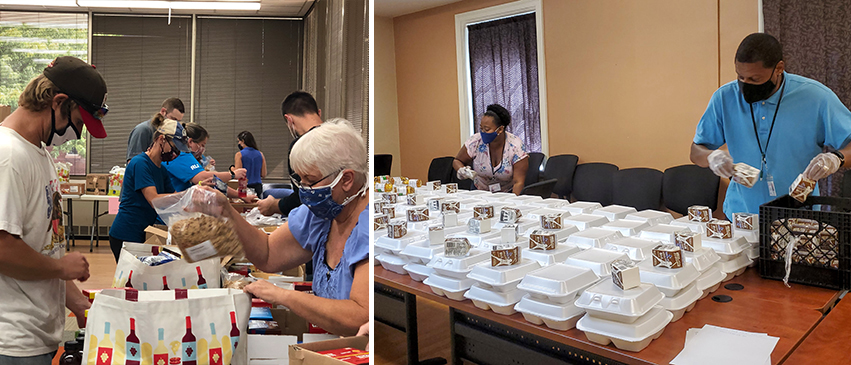
9. We are better prepared for future crises.
While all of these silver linings are meaningful, perhaps the most salient for our community is knowing that human service organizations are equipped and ready for any future global crises. We have worked together, relied on each other and weathered this storm. While we aren’t out of the woods yet, we have proven that the human service sector in the Greater Peoria area is strong and resilient enough to ensure the well-being of our fellow friends and neighbors.
10. Respect for human services deepened.
Pandemic aside, each and every day the human service sector walks alongside those who are experiencing a range of other challenging situations, including poverty, abuse, disability, illness, mental health issues, family crises, and food or housing insecurity. Now, the pandemic has caused a heightened need for psychological, emotional and financial healing—and this need will be present for years to come. We will continue to utilize our specialized expertise to address the myriad of life’s challenges because our mission is to enhance the well-being of our community. The human services sector has felt very appreciated—not only by the community, but also by our staff. We can…. and will continue to be there! PM
For more information, visit humanservicescollaborative.com or the individual websites of its agency members.
- Log in to post comments

